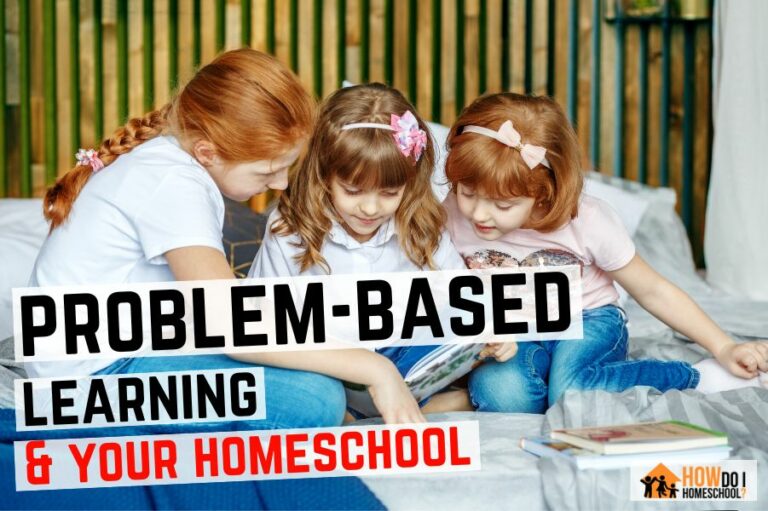When I was studying medicine in 2013, my professors implemented a way of learning that was new to me. It was the ‘problem-based learning model’. The reason they decided to use this method to teach their medical students was there is evidence suggesting problem-based learning is effective in helping people retain and recall knowledge more easily. It also replicates real-life experiences more closely.
For these reasons, I wanted to investigate it a little more closely for my homeschool. So, in this article we’ll be looking at:
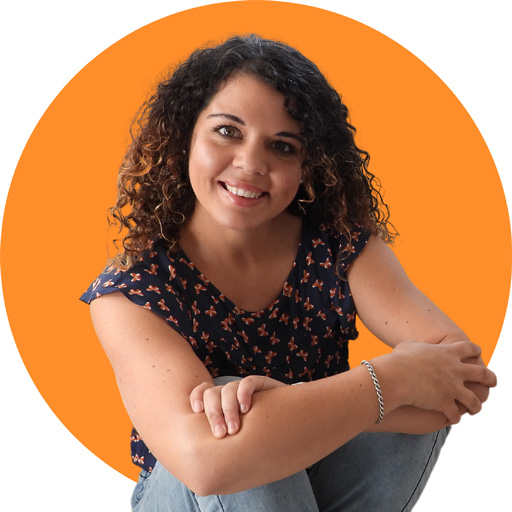
I hope you enjoy reading this blog post. If you want to do my course on how to homeschool, click here.
- What is the Problem-Based Learning (PBL) Model?
- Why Should I Use It?
- The Pros and Cons of the PBL Method
- Examples of the PBL Model
Let’s get started!
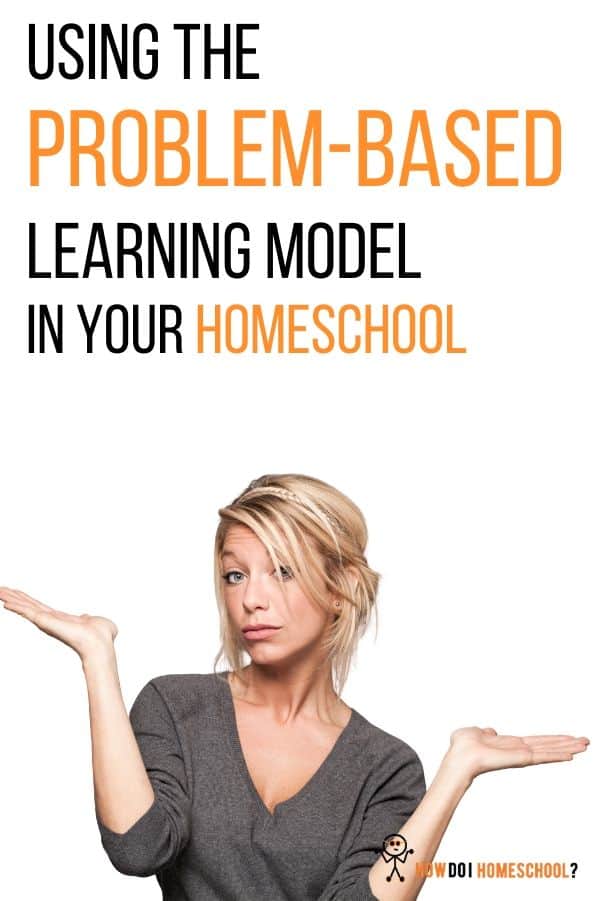
What is the Problem-Based Learning Model (PBLM)?
Compared to information memorization, the problem-based learning model is an alternative way to learn the material in a curriculum.
PBL presents a complication or issue that has to be researched and solved by students.
This model is much more interactive than traditional learning methods and requires students to be more self-directed in their learning.
This is because students – after being presented with a problem – have to go looking for information to solve the quandary they’ve discovered.
PBL researcher, Luis Roberto C. Ribeiro, put it like this:
…the pillar of the PBL process, which may be summarized as follows: (1) a problem is presented to students, who, in small groups, organize their ideas, evaluate it, define its nature and try to solve it with available knowledge; (2) then students discuss the problem and identify aspects of it that need clarification and research (learning issues); (3) subsequently they prioritize the issues and plan when, who, where and how these issues will be investigated; (4) when the students meet again, they share and explore the knowledge gathered about the learning issues and use it to propose an informed solution to the problem (if a satisfactory solution cannot be reached, they may have to restart the cycle); and (5) after finishing working with the problem, the students assess themselves, their peers (group members) and the process/problem (Barrows, 2001). [Journal of University Teaching and Learning Practice]
In comparison, a traditional model will present information for students to learn in a less interactive way.
In this way, students are spoon-fed information more and pointed to the resources they need to look at.
(This isn’t always bad, but PBL is certainly a different way of learning than traditional education.)
Origins of the Problem-Based Learning Model
How did the PBL model come about?
It originated in a Canadian medical school in the McMaster University around the 1960s.
PBL was created due to Jerome Bruner’s idea that intrinsic motivation drives people to better understand the world by learning through real-life events.
Luis Roberto C. Ribeiro, said:
Originated in the 1960s at McMaster University Medical School, Canada, [Problem-Based Learning] is essentially a collaborative, constructivist, and contextualized learning and teaching approach that uses real-life problems to initiate, motivate and focus knowledge construction. According to Schmidt (1993), PBL is grounded on Jerome Bruner’s notion that epistemic (intrinsic) motivation acts as an internal force driving people to better understand the world and on John Dewey’s principle of autonomous learning and emphasis on learning in answer to – and in interaction with – real-life events. [Journal of University Teaching and Learning Practice]
So while PBL is a relatively new learning and teaching philosophy, it’s based on older educational theories.
Why Should I Use the Problem-Based Learning Model?
A good reason to use the PBL model in your homeschool is that it helps children retain and recall information more easily.
Perhaps this is because the knowledge you’ve had to search for and that you’ve been interested in is easier to remember than the information you’ve been given on a piece of paper that you’re not particularly interested in.
PBL learning also has more import when it comes to real-life experiences.
In a homeschool, most parents are much less concerned with learning for exams – whereas most schools have to teach for tests to satisfy parents and/or the government.
In contrast, homeschoolers can follow their interests more and don’t have to learn for exams. Therefore, they can spend more time learning using other methods, such as the PBL method.
In short, you can use the problem-based learning model because it can help improve your homeschool by injecting a learning method that is closer to real-life experiences and closer to interest-based learning.
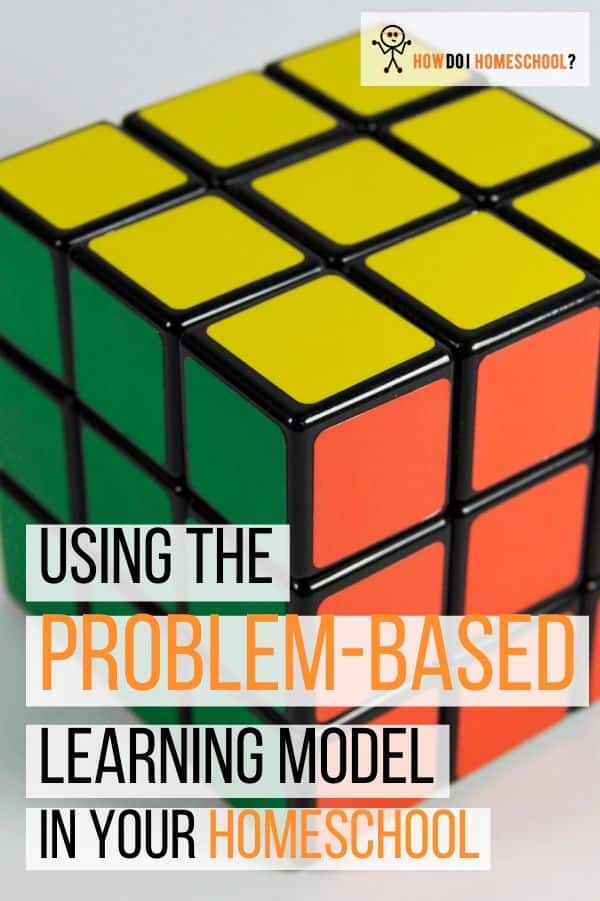
Pros and Cons of Problem-Based Learning
Pros of PBL
Some of the advantages of the problem-based learning model are:
- the PBLM helps teachers educate themselves as well as their students
- PBL is closer to the way the real world works (in terms of problem-solving)
- this model helps students work together in a team
- students who learn with this model tend to retain and recall information more
- this mode of learning can help homeschoolers learn in college, especially in medical and engineering degrees
As you can see, it’s a more active way of learning and engages the brain more.
Cons of PBL
Some of the cons of the problem-based learning model are:
- this model is a lot more work for teaching staff
- students need to learn another way of learning materials
- more complex and uncertain teaching situations and roles
- to work best, teachers have to know their students more
- you need to incorporate many disciplines, so students know issues from different standpoints. This takes a lot of research and organization.
- students find it easier to go down irrelevant rabbit holes.
As a student, the biggest con was not knowing how much time to spend on certain areas we were given.
For instance, we were given a couple of lectures on reading X-rays, and, as a PBL learner, I (and many of my classmates) didn’t know how much time I should spend on these.
I ended up spending a lot of time on it, only to discover we were going to do it all later in more detail!
That was a pretty frustrating discovery for me.
As a homeschooler, though, you wouldn’t have this issue as you wouldn’t be learning for an exam.
Pro OR Con of PBL
Some things about the PBL model cannot be classified as a pro or a con of problem-based learning.
Some might prefer these points, while others might dislike this way of learning.
In particular, things that are considered either a pro or con of problem-based learning are:
- students need to take more responsibility for their learning and
- kids won’t necessarily perform better on standardized testing because their learning isn’t always the right breadth of knowledge for testing.
As a homeschooling parent, these are irrelevant points as I want my children to take more responsibility for their learning – and more responsibility for their lives in general.
This is a good way to have children who don’t struggle with motivation.
Also, homeschooling parents won’t be too concerned that their children aren’t performing well on standardized tests because they’ll know they are learning in different ways that can’t be easily tested.
What’s a Teacher To Do?
Suppose a teacher or homeschooling parent wants to employ the problem-based learning model. In that case, they need to let go of the idea of themselves as the imparter of knowledge and instead take up more of a tutor role on the sidelines.
They need to become questioners of their student’s assumptions.
On the role of a PBL teacher Ribeiro said:
PBL teachers should, instead of merely transmitting information, interact with the students at the meta-cognitive level, questioning superficial reasoning and vague and erroneous concepts (Savery & Duffy, 1998). This new role as co-learner, guide and facilitator in the construction of knowledge is one of the great challenges that PBL poses to teachers and institutions. Also, the literature on PBL indicates that [PBL] teaching demands more participation, planning, cooperation with colleagues, administrators, employers of students and society, and shared decision-making in this educational environment approach than in conventional, lecture based ones. Likewise, PBL involves more complex and uncertain teaching situations than those found in lectures. [Journal of University Teaching and Learning Practice]
Ribeiro said that teachers who use the problem-based learning model must know about:
- the content they’re discussing
- teaching (pedagogical knowledge)
- the curriculum or subject
- their students and their characteristics
- the context of education they’re assisting with
- pedagogical content knowledge. [Source]
Therefore, a PBL teacher or homeschooling parent will have a different role than a traditional teacher.
Example of the Problem-Based Learning Model
In my university, the lecturers asked actors or people with genuine medical diseases to come and present the signs and symptoms of their complaints.
This was done for about half an hour, and the lecturer asked the person about their disease.
After a while, the person was sent out, and we discussed different diagnoses that might fit the patient.
We then discussed what tests we wanted to order – from pathology to medical imaging.
In the first year and a half of our medical degree, we went through this process every two weeks as we moved onto different body systems or organs.
If, for example, we had a patient with hypothyroid symptoms, we would probably be looking at the endocrine system and studying this in chemistry, biology, and anatomy (as well as other subjects).
This way of learning made me much more motivated to learn the information in the depth the lecturers wanted us to know.
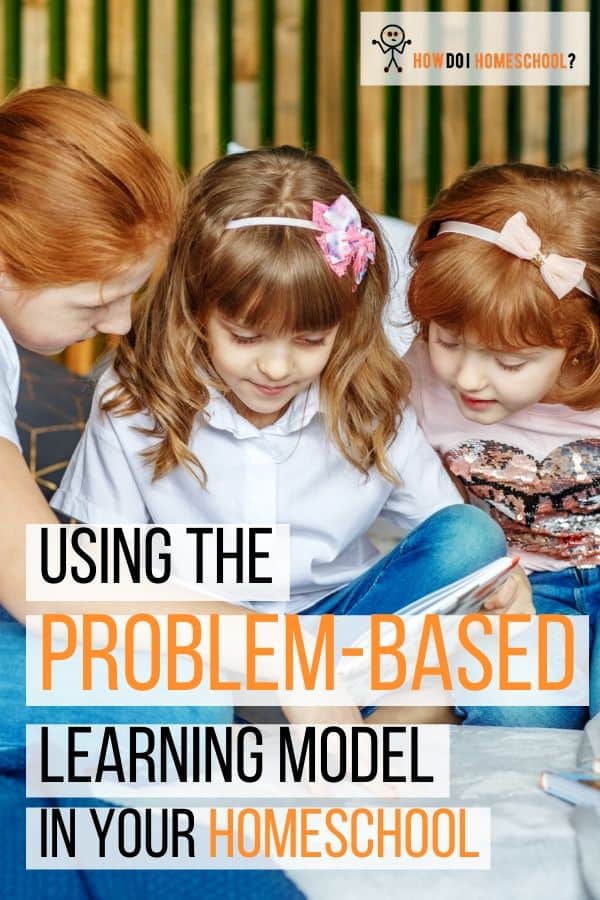
How to Incorporate Problem-Based Learning in Your Homeschool
PBL might be a great way to make bland topics into fun topics.
Giving children a problem to work out themselves is much more motivating than telling them to rote learn something.
Therefore, you might use PBL to teach your anatomy, chemistry or physics subjects by giving them a problem to do with that subject and then pointing them in the direction of some textbooks or websites that might be helpful.
For example, instead of getting your children to rote learn the Henderson-Hasselbalch equation, you might give them a story about a person with too much stomach acid and ask them what happens when you give them bicarbonate tablets.
Homeschoolers are also allowed (and encouraged) to go down rabbit holes and look at subjects that interest them more.
In this way, PBL is a great way to get students to learn things without them realizing they’re learning anything at all!
Subscribe to How to Homeschool (my Youtube channel!)
Have you caught the homeschooling bug? Eager to delve deeper into the realm of unconventional education?
Well, my curious comrades, rejoice!
There are splendid avenues awaiting your exploration.
Firstly, hop on over to my YouTube channel, where a treasure trove of homeschooling wisdom awaits. From practical tips to delightful anecdotes, I unravel the mysteries of homeschooling with a touch of wit and wisdom.
Subscribe, hit that notification bell, and embark on an enlightening journey with me.
Enroll in the Homeschool Parenting Program
For those yearning for a comprehensive guide to homeschooling, look no further than my Homeschool Parenting Program.
This illustrious online course will equip you with the knowledge, strategies, and confidence to navigate the exhilarating world of homeschooling like a seasoned pro.
Enroll today and unlock the door to extraordinary educational possibilities.
Conclusion
Because homeschools don’t have to teach for tests, they can use better learning methods that promote better information recall and retention compared to other teaching models. The problem-based learning model is a better way to learn as children can discover things using curiosity and they can drive their own learning, as a result of the problem presented. In the end, the PBL method can make your homeschool so much more interesting!
